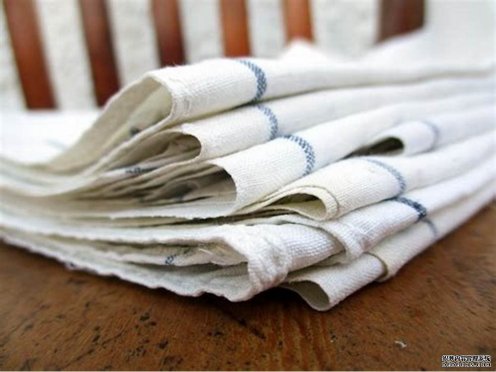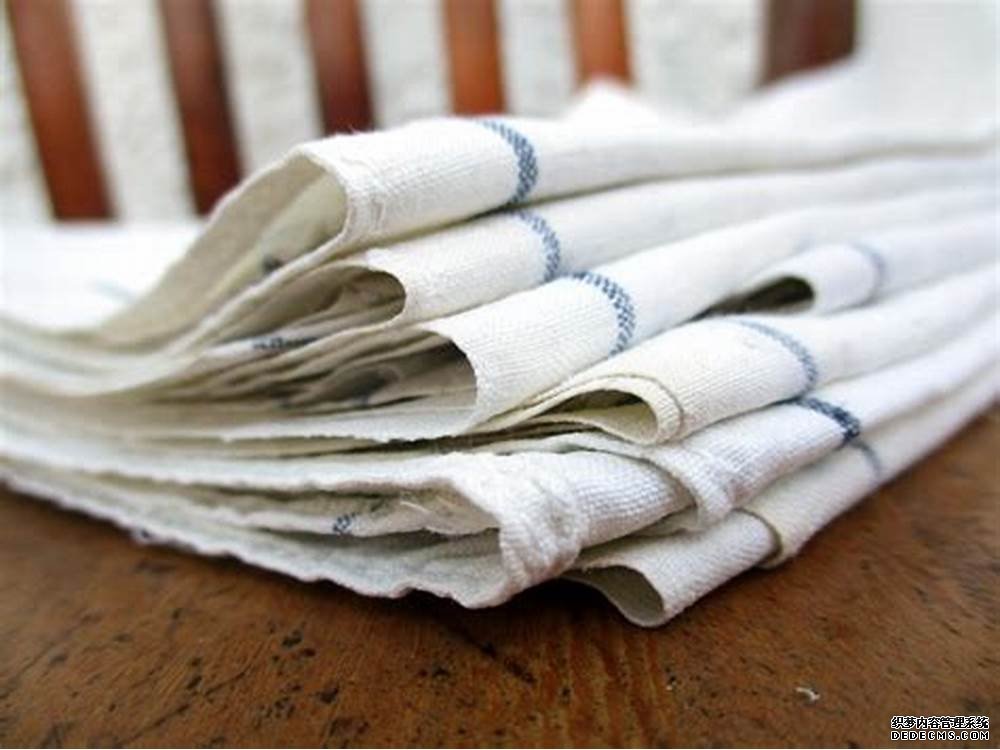Products
News
Contact
- Qinsun Instruments Co., Ltd.
- Tell:+86-21-6780 0179
- Phone:+86-17740808215
- Address:No. 2578 Minhang District Gu Dai Road, Shanghai
- Contact:Mr. Li
- QQ:846490659
Textile breathability, moisture permeability, hydrostatic pressure, water resistance and other performance test methods

The production and production process of textiles are more complex, people wear clothing on the body is actually after numerous processes before the transformation from cotton or yarn into fabric products, which on the textile and clothing testing categories up to hundreds of species, such as textile testing contains shrinkage, fading, water permeability, insulation ..... Testing projects such as, here is a simple explanation for you on the textile hydrostatic pressure, moisture permeability, breathability, water resistance and other performance testing experimental methods:.
A, breathability (MethodAirPermeabbility abbreviated as: MAP).
Means the performance of air through the fabric; under the specified differential pressure conditions, determine the airflow through a given area of the specimen vertically for a certain period of time, and calculate the amount of air permeability. The air flow rate can be measured directly, but also by measuring the flow aperture on both sides of the pressure car converted to get. This is called the real meaning of breathability!
Testing standards: American Standard ASTM D737, European Standard ISO 9237, Japanese Standard JIS L1096;
Breathable unit with mm / s, cm3/cm2 / s can be expressed.

Second, the moisture permeability (MoistureProofness abbreviated as: MP).
Moisture permeability is expressed in units of g/m2/24h, refers to a certain standard laboratory conditions, so that both sides of the specimen to form a specific humidity difference, water vapor through the specimen into the dry side, by measuring the change in weight of the moisture permeability cup with time, so as to find out the water vapor transmission rate of the specimen and other parameters.
Moisture permeability is divided into two test methods: positive cup and inverted cup;
Positive cup method: ASTM E96 A, C, E; Japanese standard JIS L1099 A1;
Pour cup method: ASTM-E96, Japanese standard test JIS L1099B1;
This test uses pre-wash data!
Domestic outdoor practitioners and outdoor enthusiasts are called breathable moisture permeability, or breathable moisture directly called breathable, confusing the two terms called together is incorrect, not rigorous, breathable and breathable moisture is entirely two concepts, which need to be distinguished and properly understood.
Third, hydrostatic pressure (WaterProofness abbreviated as: WP).
Outdoor fabric industry customary called water pressure, the unit with mmH2O, refers to the unit area to withstand water pressure strength, in standard laboratory conditions, the fabric to withstand the pressure of distilled water sprayed upward, and record the water pressure value, such as water pressure 5000mmH2O, that is, the unit area can withstand at least 5m pressure without leakage.
Common test standards: American standard AATCC 127; Japanese standard JIS L1092B; European standard: IS0 811.
Water pressure test is divided into two methods of pre-wash and post-wash test.
1, before washing test: domestic outdoor brands generally test the water pressure resistance before washing value, do not measure the value after washing, wash several times after the water pressure resistance value dropped a lot, may drop about 1000-3000mmH2O;
2, after washing test: foreign outdoor brands are generally 5 times after washing to measure the water pressure, THENORTHFACE even have used the water wash 20 times before measuring the water pressure method, due to multiple testing after washing, water pressure value drop is very large, such a test method is any coating plant or film composite plant must be processed with better materials, such as coating fabric water pressure requirements after 5 times washing to reach 5000mmH2O, then at least to 7-8000mmH2O or more before washing; of course, this requirement will lead to higher prices!
Fourth, splash-proof.
In the standard laboratory under the distilled water through the funnel spray on the specimen, against the waterproof standard sample rating rating;
Common test standards are American Standard: AATCC 22; European Standard: ISO 4920;
Water repellent is divided into three types.
Ordinary waterproof (WaterRepellent, abbreviated as: W/R), water-resistant (DurableWaterRepellent outdoor fabric industry is customarily called super splash, abbreviated as: DWR), Teflon (TEFLON) waterproof;
1, ordinary waterproof (W / R): wash a few times the surface of the clothes are not waterproof, general outdoor leisure ordinary waterproof can, if often go hiking or a certain altitude of the mountain, the mountain weather is fickle, it may rain at any time, ordinary waterproof clothing washed a few times not waterproof, resulting in the surface of the clothes will be wet, wearing the body will increase the body weight.
2, super splash water (DWR): Japan Daikin carbon 6 waterproof, wash 20 times to maintain 80 points (European standard 3) effect; formerly carbon 8 waterproof, wash 30 times to achieve 80 points effect, because the amount of fluorine does not meet the EU standards, is now banned by the EU.
3, Teflon (TEFLON), the United States DuPont production, very high visibility, waterproof, stain-proof, oil-proof and other three-proof effect, the price is more expensive than the purchase of this brand of waterproof can provide Teflon tag, but the disadvantages of Teflon splash-proof effect is not as good as carbon 8, carbon 6.
Article source: https://www.testerinlab.com/





